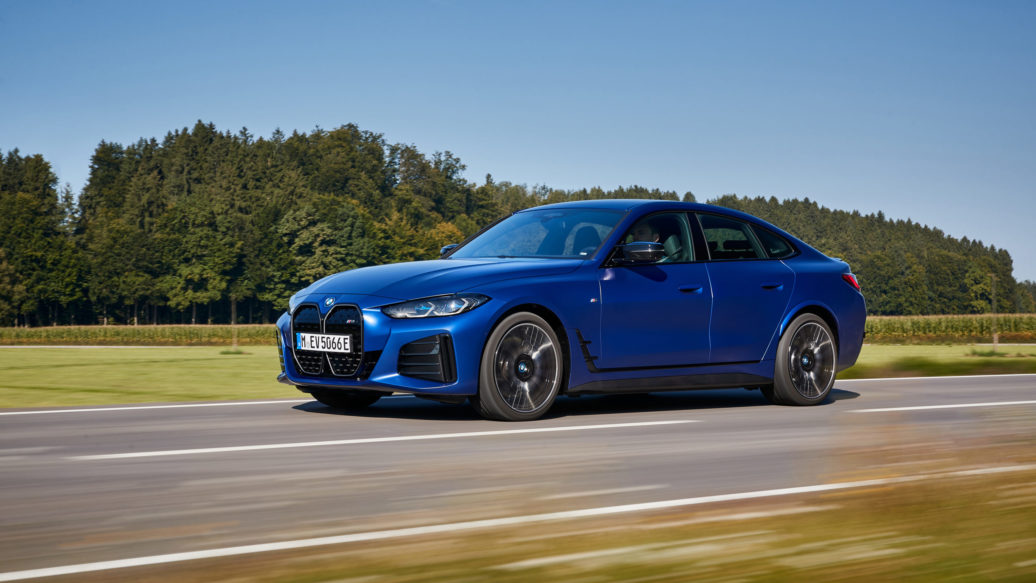We’ve all heard a lot about the BMW i4 over the last few years, and now that the model is finally hitting the streets around the world, with the first units delivered in Europe toward the end of last year, it’s only a matter of time until we learn just how fast and capable BMW’s first mass market electric sport sedan is. We’ve done a paper comparison between the i4 M50 and the G80 M3 model lineup, and there are a number of test drive videos and articles available online, but we’re still waiting for a true instrumented test of the i4—specifically the M Performance M50.
Aside from internal challengers in the form of the 3 Series, 4 Series Gran Coupé, and the M3, the i4’s most important market competitor is the Tesla Model 3, which has effectively owned its segment since its 2017 arrival. The i4 is the first serious contender to give the Model 3 an ultimatum, and represents one of the first big steps by an established automaker with more than a century of experience building cars into the world of electric vehicles, specifically sport sedans. The M in BMW still stands for Motoren, however, which has to mean something, even in there world of electric drive units delivering instant torque.
In a recent video by Carwow, the BMW i4 M50 is put up against the Tesla Model 3 Performance in a drag race on a runway. The Model 3 Performance is outgunned by the i4 M50 in terms of sheer output, but the Tesla boasts the counter advantage of weighing significantly less. We won’t reveal the final outcome of the video, but it’s clear that the two electric vehicles were designed with different things in mind, and that the driving experience still takes precedence at BMW—even after all these years.
When the i4 M50 is put through its paces, it seems obvious that BMW still managed to inject the feeling and performance of an internal combustion engine into the electric sport sedan. This is in contrast to the Model 3 Performance, which relies on brute force off the line to make a statement. The i4 M50 is aided by its own form of launch control, but once the initial blast of torque from the electric motors has subsided, the BMW continues to gather speed in a manner many of us have become accustomed to when extracting maximum performance from a high-revving internal combustion engine like an inline six. It’s one reason why Mat Watson, the guy behind the wheel of the i4 M50 in the video, suggests that the BMW is still built for the autobahn.—Alex Tock
[Photo courtesy BMW AG. Video courtesy Carwow on YouTube.]





















